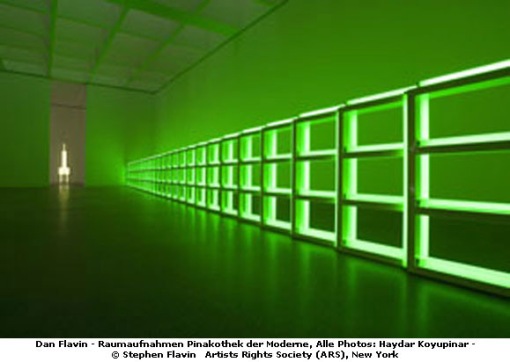I’ve filled the tutorial form. Here it is.
Issues discussed/Subject:
I am willing to do something about simplicity and complexity, but how? In what kind of form?
I’ve did some research about simplicity, like John Maeda’s the Laws of Simplicity. How to combine theory with practice?
Simplicity is a quite eastern thinking, how to balance eastern and western thinking in my project?
When I show my work in a simple way, time is changing all the time. Time is complex, and it may change many things around the work. How to consider it? Think about audio as well.
Comments/Notes
Research more practicians of simplicity. Tutor’s inspiration: Dan Graham, Piet Mondrian’s Minimalist art, John Pawson’s architecture.
Keep learning processing to help and develop my project.
Keep researching.
Record every website I’ve seen as a reference and put it on blog.
————————————————-
Andy give me two great examples of practicians who did many works about simplicity. John Pawson and Piet Mondrian.

John Pawson is a British designer associated with minimalism. I want to borrow John Pawson’s book Minimum.









 Here is a photo of his famous series “
Here is a photo of his famous series “

 MUJI is a Japanese company, and the most appropriate retail campany which can explain simplicity.
MUJI is a Japanese company, and the most appropriate retail campany which can explain simplicity.
